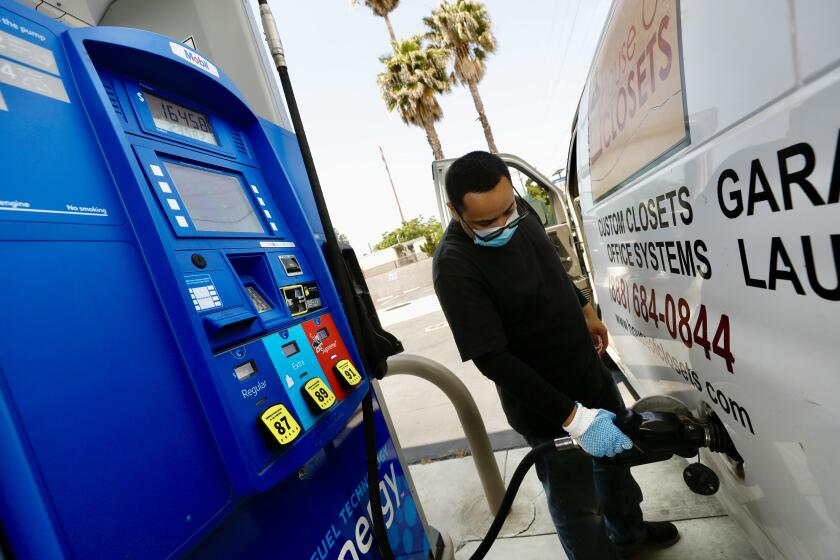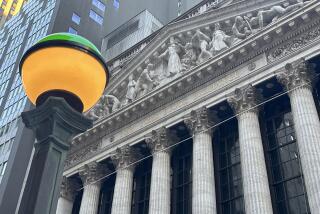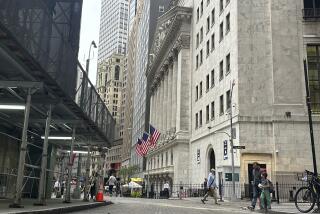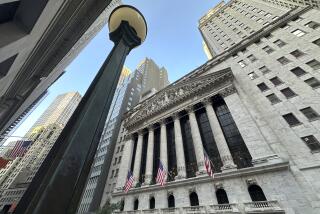Wall Street resumes its rally after encouraging reports on profits and inflation
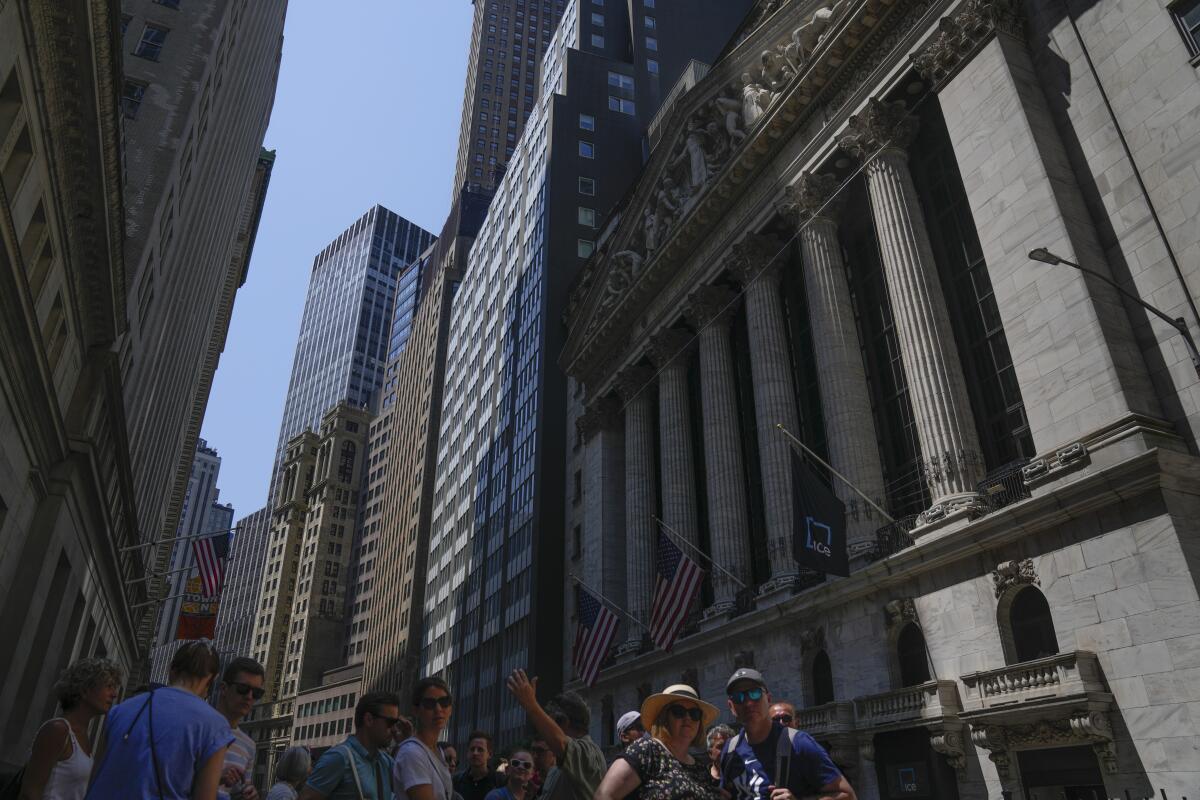
Wall Street resumed climbing Friday after more encouraging profit reports and the latest signal that inflation is loosening its chokehold on the economy.
The Standard & Poor’s 500 finished 1% higher, near its highest level in more than 15 months. The Dow Jones industrial average rose 0.5%, after breaking a 13-day winning streak a day before. The Nasdaq composite jumped 1.9% as Big Tech stocks led the market.
Stocks have been rallying hard recently on hopes high inflation is cooling enough to get the Federal Reserve to stop raising interest rates. That in turn could allow the economy to continue growing and avoid a long-predicted recession.
A report Friday said the inflation measure the Fed prefers to use slowed last month by a touch more than expected. Perhaps just as importantly, data also showed that total compensation costs for workers rose less than expected during the spring. Although that’s discouraging for workers looking for bigger raises, investors see it adding less upward pressure on inflation.
Mixed signals — including layoffs, strong job growth and lingering inflation — have clouded the U.S. economic outlook.
The hope among traders is that the slowdown in inflation means the Federal Reserve’s interest rate increase Wednesday will be the final one of this cycle. The federal funds rate has leaped to between 5.25% and 5.50%, up from virtually zero early last year. High interest rates work to lower inflation by slowing the entire economy and hurting prices for stocks and other investments.
Critics, though, say the stock market’s rally may have gone too far, too fast. The full effects of the Fed’s rate hikes have yet to make their way through the system. Other parts of the economy could still ultimately crack under the pressure, such as the three high-profile failures of U.S. banks that shook the market’s confidence during the spring. Plus, inflation remains above the Fed’s target level, and the central bank could have to keep the brakes on the economy a while to get it back to target.
“Don’t underestimate central bank commitment to 2% inflation,” Bank of America economists wrote in a report.
Still, hopes for a halt to rate increases were helping tech stocks, high-growth companies and others seen as big beneficiaries from easier rates to rally and lead the market Friday.
An inflation gauge that is closely tracked by the Fed falls to its lowest level in more than 2 years
It is the latest sign that inflation in the United States is steadily cooling from its once-painful highs.
Microsoft, Apple and Amazon each rose at least 1.4% and were three of the strongest forces pushing the S&P 500 upward.
Companies also continue to deliver stronger profits for the spring than analysts expected. Roughly halfway through the earnings season, more companies than usual are topping profit forecasts, according to FactSet.
Intel rose 6.6% after reporting a profit for the latest quarter, when analysts were expecting a loss.
Food giant Mondelez International climbed 3.7% after reporting stronger-than-expected results for the spring. The company behind Oreo and Ritz also raised its forecasts for financial results for the full year.
On the losing end was Exxon Mobil. It fell 1.2% and was one of the heaviest weights on the S&P 500. It reported weaker-than-expected profit for the spring, though its revenue topped forecasts.
The U.S. economy surprisingly accelerated to a 2.4% annual growth rate from April through June, showing continued resilience in the face of steadily higher interest rates resulting from the Federal Reserve’s 16-month-long fight to bring down inflation.
In stock markets abroad, Japan’s Nikkei 225 slipped 0.4% after the Bank of Japan made moves that could allow longer-term interest rates to rise.
Stocks rose in China and were mixed across Europe.
In the bond market, the yield on the 10-year Treasury fell to 3.95% from 4.00% late Thursday. It helps set rates for mortgages and other important loans.
The two-year Treasury, which moves more on expectations for what the Federal Reserve will do, slipped to 4.87% from 4.92%.
Yields dipped after a survey said sentiment among U.S. consumers wasn’t quite as high in July as earlier thought, though it was still the strongest reading since October 2021.
The report from the University of Michigan also said expectations for inflation inched up in July but remain well below where they were last year. The Fed wants to keep such expectations anchored because it fears a vicious cycle in which expectations for high inflation only worsen it.
AP writer Elaine Kurtenbach contributed to this report.
More to Read
Inside the business of entertainment
The Wide Shot brings you news, analysis and insights on everything from streaming wars to production — and what it all means for the future.
You may occasionally receive promotional content from the Los Angeles Times.
